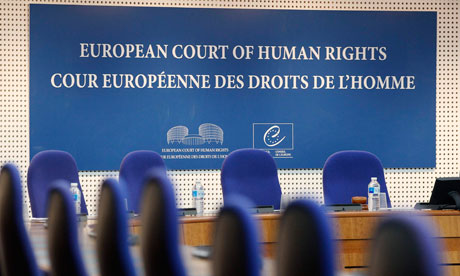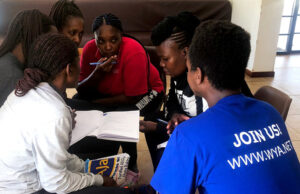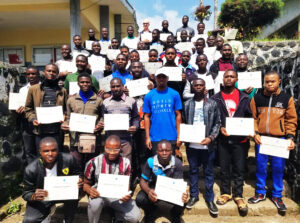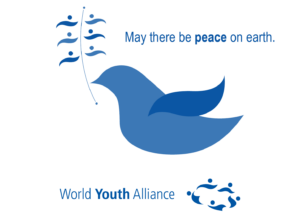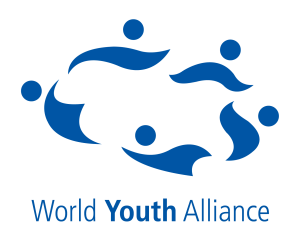Clara Watson, WYA UK
As the registered motion against surrogate motherhood, that states “Surrogacy undermines the human dignity of the woman carrier as her body and its reproductive function are used as a commodity,”[i] awaits discussion by the Parliamentary Assembly of the Council of Europe (PACE), the European Court of Human Rights (belonging to the same international organization), has recently developed its case law on surrogacy related issues, after its ruling in Paradiso and Campanelli v Italy[ii].
On 27th January 2015, the Chamber found that the Article 8 right (the right to respect for private and family life) of Ms. Paradiso and Mr. Campaenlli was violated, after a baby born of a surrogate mother in Russia, was removed from the couple and placed into the Italian social care system.
Ms. Paradiso and Mr. Campanelli entered into a gestational surrogacy contract with a woman in Moscow in 2010, after their own IVF treatment proved unsuccessful and surrogacy was not a legal alternative in their native Italy. The child was born in February 2011 and the couple was registered as the baby’s parents in accordance with Russian law. After Ms. Paradiso and Mr. Campanelli broughtthe child back to Italy, a subsequent DNA test revealed that Mr. Campanelli was not the child’s biological father, and in May 2011, the couple was charged with violation of adoption legislation and misrepresentation of civil status.
In October 2011, the Italian Minors Court ordered the child to be removed from the applicants and placed under guardianship due to the lack of a biological relationship and doubts as to the applicants’ child-raising abilities, evidenced in their disregard of Italian legislation. The baby was placed in a children’s home and later entrusted to foster parents. The child received a new identity and birth certificate in April 2013, stating it had ‘unknown’ parents; thus having had no official existence for over the first two years of his life.
Whilst avoiding the topic of surrogacy itself, the Chamber of the European Court of Human Rights held that the actions of the Italian authorities presented an interference with Ms. Paradiso and Mr. Campanelli’s article 8 rights that could not be justified.
Although the actions on the part of the state had been in accordance with national legislation and pursued the legitimate aim of prevention of disorder, such actions were held to be disproportionate. So although the Italian authorities removed the child in order to put an end to an unlawful situation,brought about by the couple’s attempt to circumvent Italy’s prohibition of surrogacy arrangements, the Chamber concluded that public policy considerations cannot take precedence over the best interests of the child, even where there lacked a biological relationship and the child was in the applicants’ care for a short period. It was deemed that the removal of a child from a family setting is an extreme measure which could only be justified in the event of an immediate danger to that child, and therefore the state was considered to have acted disproportionately.
Nevertheless, the Article 8 violation did not oblige the Italian State to return the child to the applicants, given that the boy had developed emotional ties with his foster family of two years.
The case determines that a state must take into consideration the best interests of the child, irrespective of the parental relationship, genetic or otherwise, and the removal of children can only occur in the most exceptional circumstances. Whilst surrogacy itself was not discussed in the judgment (as the court allows Member States a wide margin of appreciation on this issue, given the absence of a European consensus), the judgment does, de facto, make it easier to circumvent national legislation prohibiting surrogacy.
Although the violation of the couple’s Article 8 rights did not warrant the return of the child to the applicants, it could be inferred that had the child remained in the Italian children’s home (as opposed to having been adopted by a foster family), it would be in the child’s best interests to return to the Italian couple who had acted as his parents for six months, during crucial stages of his development. Whilst it is highly important to ensure the most stable situation possible for a child, the fact that the parental relationship ‘genetic or otherwise’ now takes a back seat in the decision making of the European Court, does little to discourage others 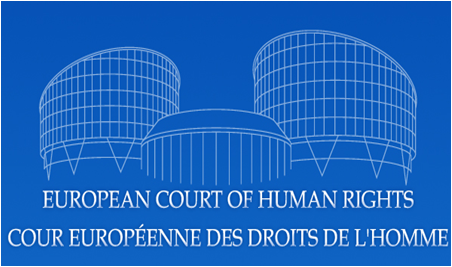 from bypassing national legislation which prohibits surrogacy, and engaging ‘reproductive tourism’ most commonly in Russia, Ukraine or the Czech Republic.
from bypassing national legislation which prohibits surrogacy, and engaging ‘reproductive tourism’ most commonly in Russia, Ukraine or the Czech Republic.
So though the European Court of Human Rights has currently avoided ruling on the question of prohibiting or authorizing surrogacy arrangements, case law has arguably made it more difficult for a state to enforce its own national legislation without being deemed to have acted disproportionately against the best interests of the child. Even if no measure is taken to remove an infant or interrupt family life, the refusal to recognize a child’s birth certificate impacts on the child’s identity within society, and could easily be said to violate one’s article 8 right (as in the French cases of Mennesson and Labassee,[iii]). Therefore, in reality, EU Member States are left with few realistic options to enforce their prohibition against surrogacy arrangements once a child is born.
Two further French cases await the European Court of Human Rights[iv] regarding the recognition of parental status of those who have entered into surrogacy arrangements.
Such cases are of the highest significance, as although surrogacy is not directly addressed by the European court, the practice nevertheless undermines the human dignity of the woman whose reproductive functions are commodified. The lack of uniformity on this issue across the EU allows for the exploitation of vulnerable women and those in economically disadvantaged situations.
Surrogacy arrangements prioritise a couples right to ‘have’ a child over a child’s right to its own parents. If the best interests of the child are in fact paramount, then it is the duty of the state to protect the child’s right to belong to its own family, as opposed to being at the mercy of a deal struck before their birth. In this way, it is not only the female carrier, but also the child, who is essentially turned into a commodity and whose rights are relegated.
Thus, a PACE resolution is eagerly anticipated in order to not only to provide a uniform regulatory framework across Europe, but also to uphold the inherent dignity of the woman and child.

